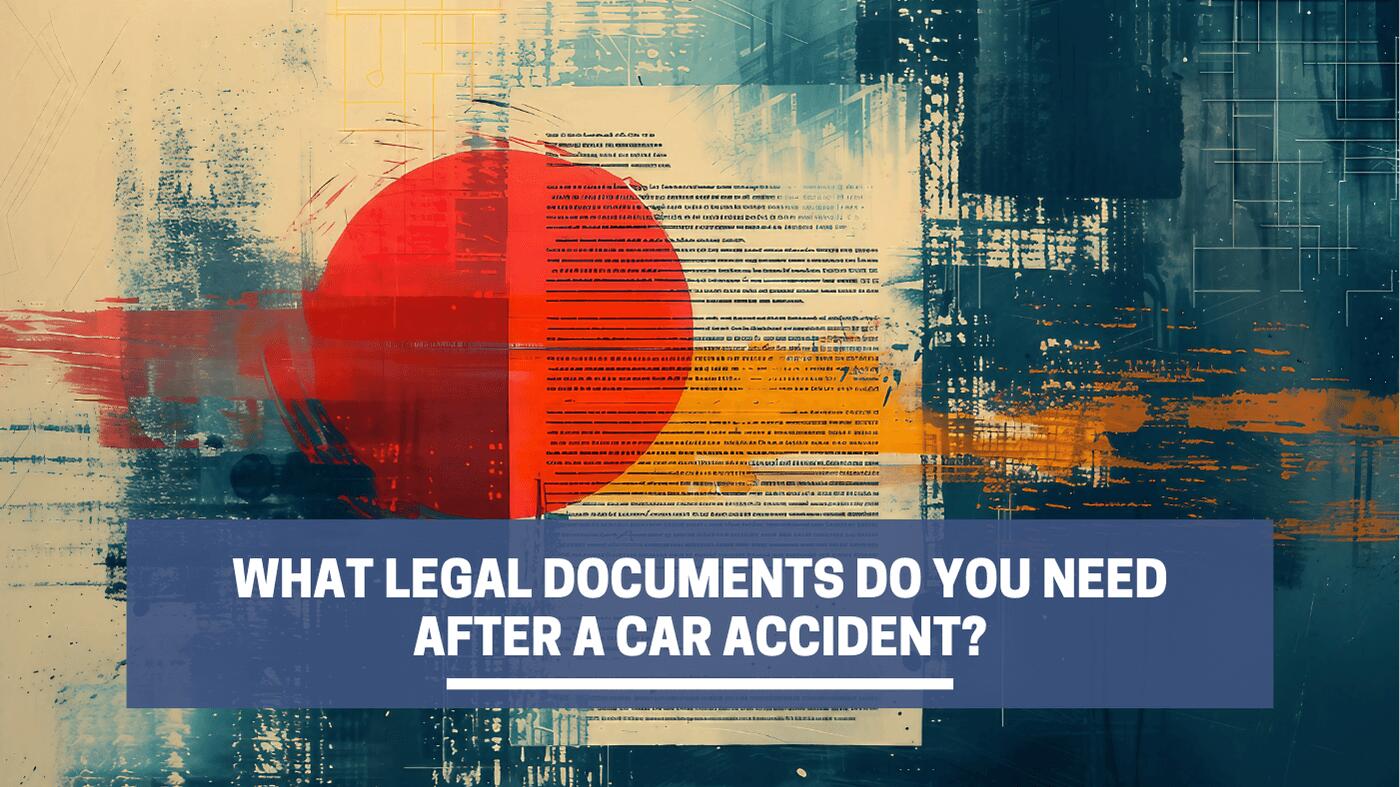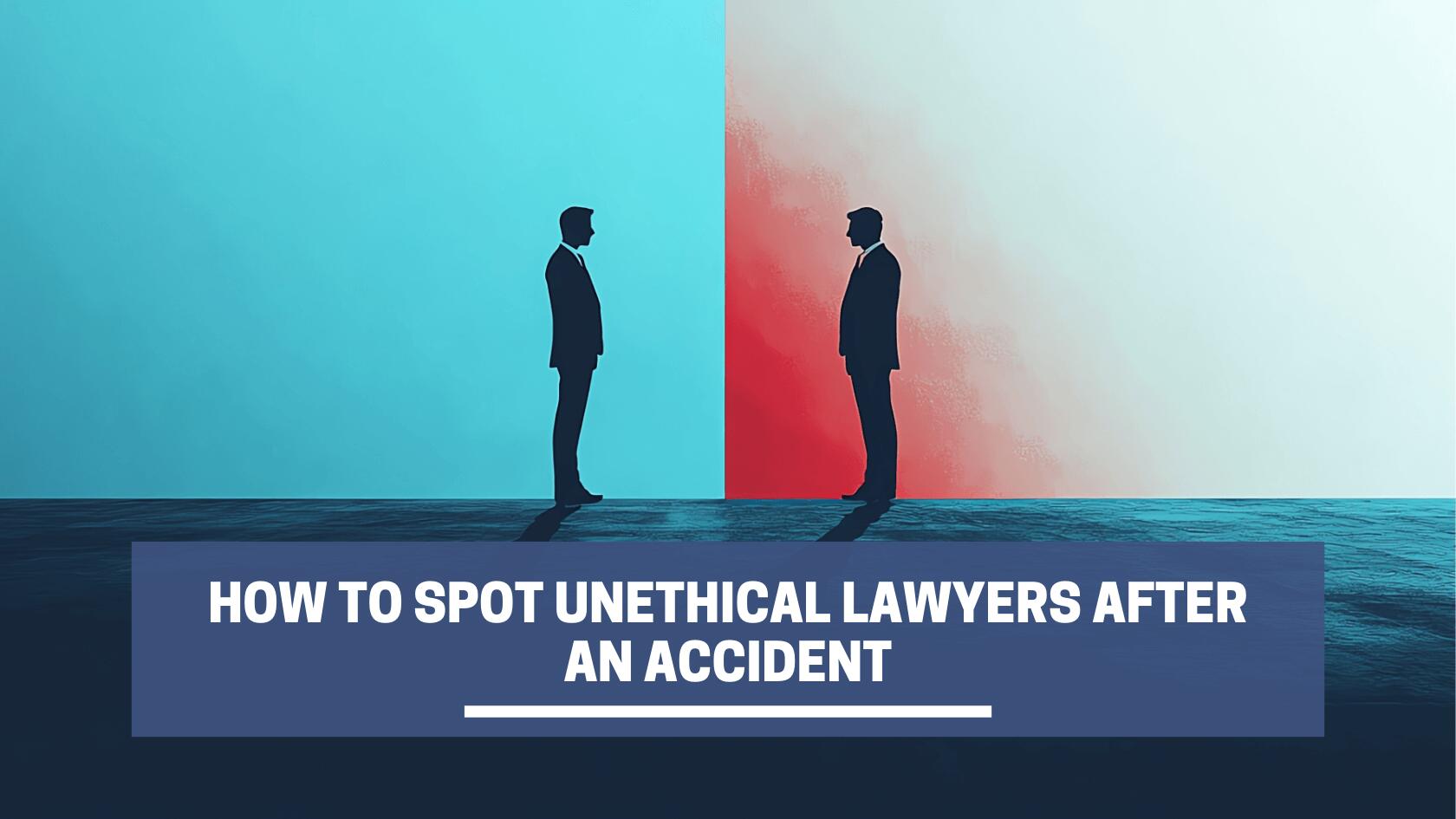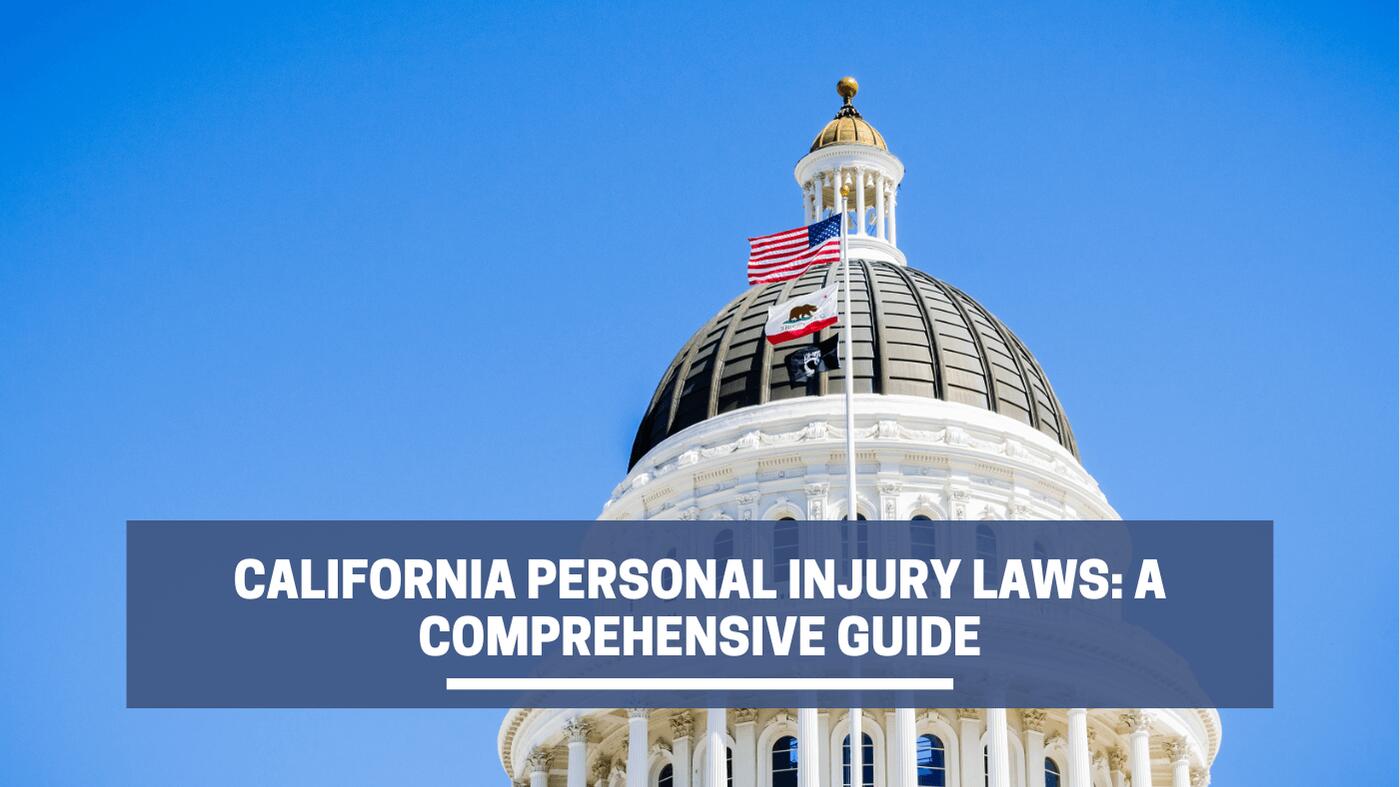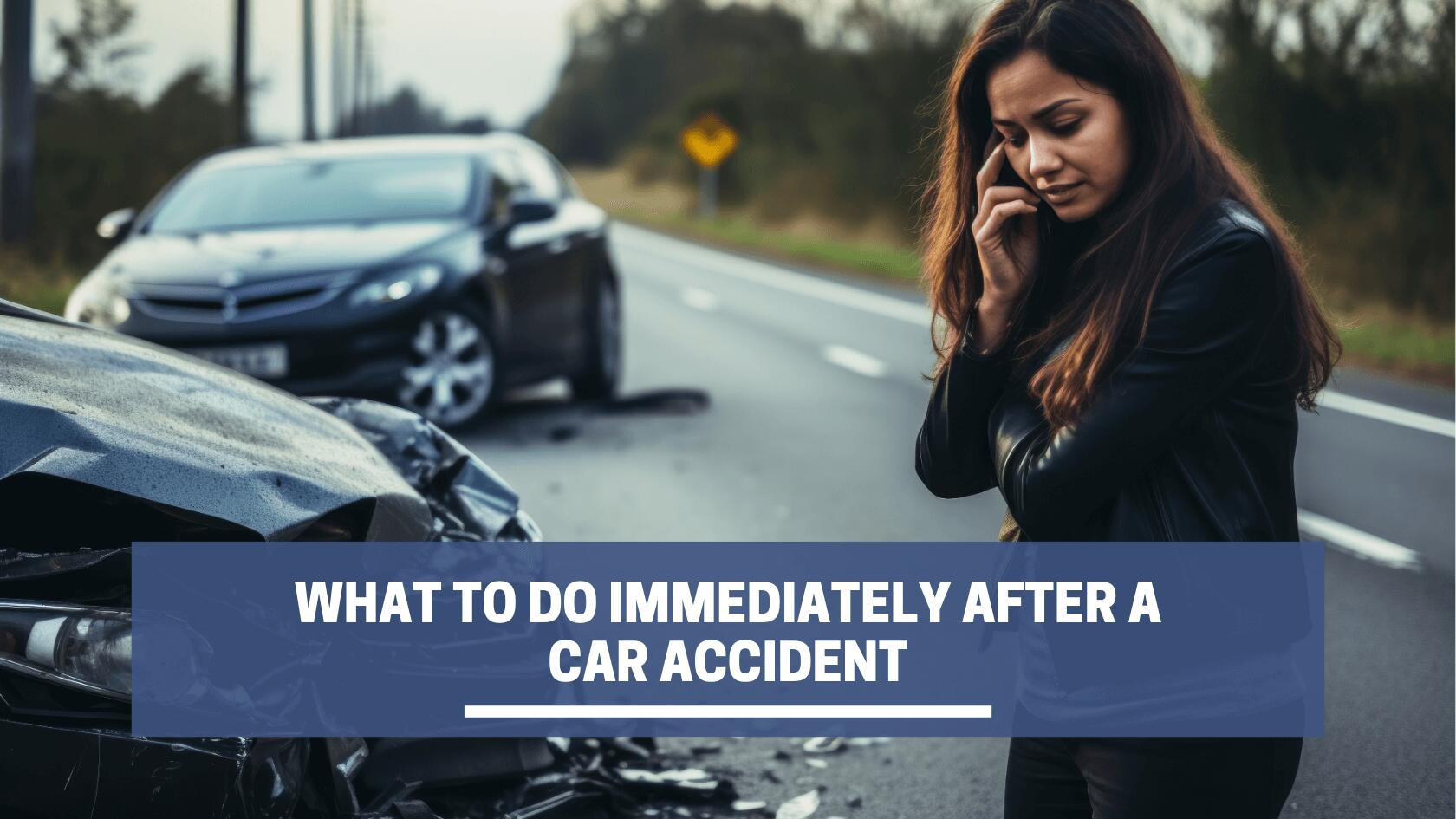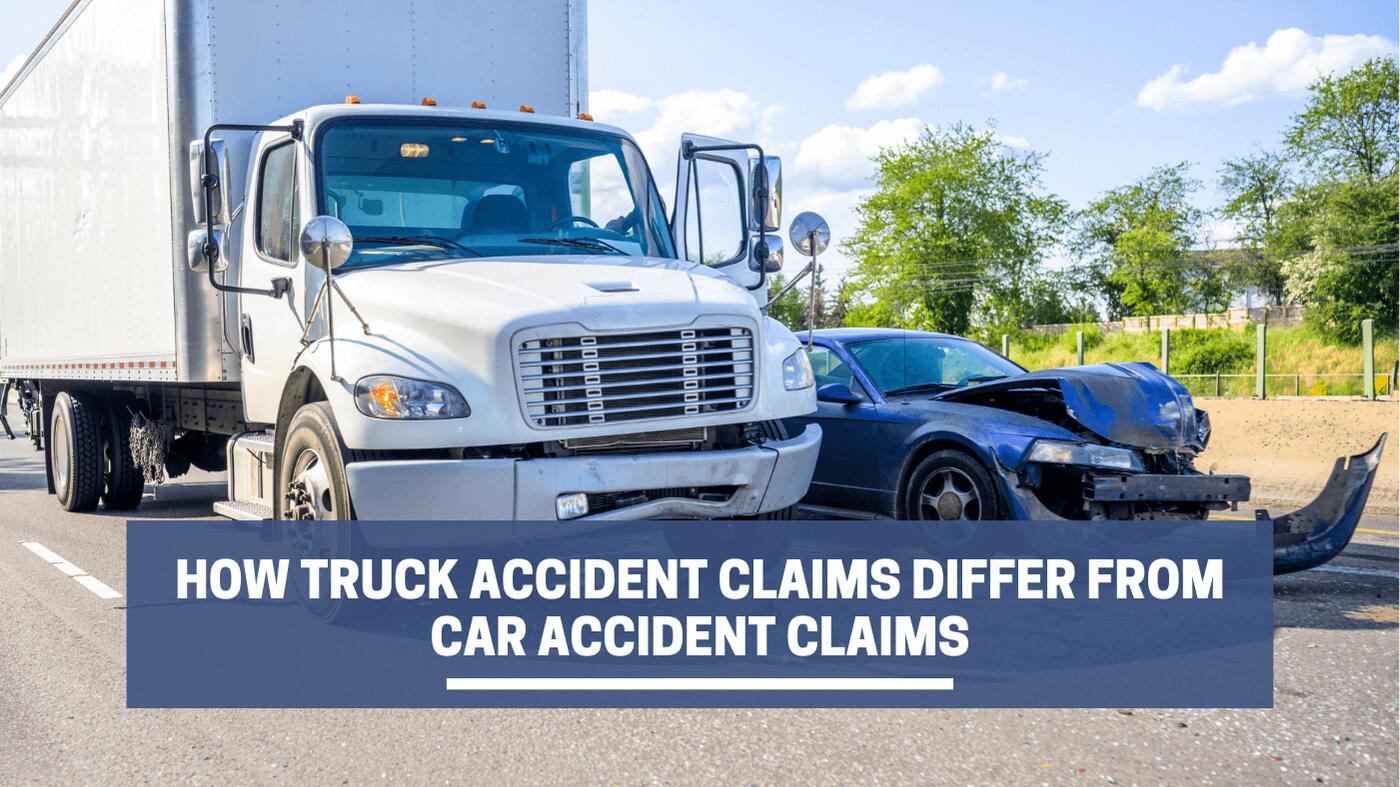Car accidents are all too common in California, with an average of 161,728 crashes annually. When another driver causes an accident, you can file a claim against them in California. But to streamline the process and receive a fair settlement, you’ll need the right paperwork.
Find out what documents to gather after a car accident and how your personal injury attorney will use them to prove your claim and get you the compensation you deserve.
1. Accident Report
After a car crash in California, one of the first things you’ll need is the accident report for your insurance claim. This could include the Traffic Collision Report (SR-1 Form), which drivers fill out and submit to the DMV after an accident involving injury, death, or $1,000 in property damage. You will also need the CHP Collision Report, which officers typically complete at the scene of the crash.
These documents contain helpful information for your claim, including:
- Identities of all parties involved
- Detailed descriptions of vehicles
- Location and time of the accident
- Diagrams and photos of the scene
- Witness statements and contact information
- Assessments of damage to property
- Noted traffic violations or signs of impairment
- Weather and road conditions at the time
To get a copy of the SR-1, visit the California DMV website or contact your local DMV office. For the CHP Collision Report, fill out Form CHP 190 to request a copy from the California Highway Patrol office that handled your accident. If you’re unsure how to proceed, your attorney can guide you through the process.
2. Insurance Claim Form
After reporting the accident to the DMV, contact your auto insurance company to begin the claims process. It’s a good idea to share the SR-1 form and any other relevant documentation, like police reports or photos of the scene. If you’re unsure what’s needed, a quick consultation with your attorney can help ensure you’ve covered everything.
The insurance company should contact you within 15 days and investigate your case. They may request a written or recorded statement about the accident.
Ask for a copy of the initial report and any adjuster estimates for repairs and damage. Keep these documents and copies of any correspondence with your insurer as part of your records.
3. Medical Release Form
In car accident cases, injuries often lead to high medical expenses, including hospital bills, doctor visits, surgeries, and physical therapy. Victims can seek compensation for these costs through an insurance claim or legal action.
To support your case, you will need to sign a medical release form. This allows your attorney to obtain all necessary medical records and bills to substantiate your claim. The form lets your attorney access records such as:
- Emergency room reports
- Doctor notes
- Diagnostic imaging
- Treatment plans
- Prescription records
- Return-to-work assessments
This documentation helps your attorney build a solid case on your behalf. For instance, they can use the records to show the extent and severity of your injuries and win maximum compensation for lost wages, future medical expenses, and pain and suffering.
4. Power of Attorney
Dealing with legal and administrative tasks can be overwhelming, especially when you’re trying to recover from an accident. A power of attorney (POA) can make things easier by allowing someone you trust—or your lawyer—to handle these tasks.
Giving POA to your attorney lets them do the following on your behalf so that you can focus on recovery:
- Negotiating with insurance companies
- Representing you in legal matters
- Manage insurance claims
- Communicate with medical providers
- Negotiate settlements efficiently
5. Proof of Loss Form
After an accident, this form accompanies your claim and provides a detailed account of the damage to your vehicle or other property. It helps your insurance company evaluate your claim and determine the compensation you deserve.
When completing your Proof of Loss form, include the following supporting evidence:
- Clear images showing the extent of the damage to your vehicle or property
- Receipts for expenses directly related to the damage, such as towing or temporary repairs
- A copy of the police report from the accident is available by following the CHP request process
- Documentation for mechanic or contractor services related to assessing or addressing the damage
6. Witness Statements
Although not an official form, witness accounts can support your version of events in a car accident claim, especially if the at-fault driver has a different story. For instance, if a witness saw the other driver run a red light or speed through a stop sign, their account could help establish liability.
To gather these valuable insights, collect contact information from witnesses at the scene, including names, phone numbers, and email addresses. If possible, ask for an initial description of what they observed and capture it on video or voice recording with their permission.
If needed, your attorney can reach out to witnesses later for a more detailed narrative. These accounts can reinforce your perspective on the accident and strengthen your case for compensation.
7. Vehicle Repair Estimate
A vehicle repair estimate from an auto repair shop outlines the cost of fixing your vehicle and helps your insurer evaluate your claim. This document details the repairs needed and their associated costs, which supports a loss of use claim for the time your vehicle is out of service due to the accident.
Keep the following receipts to support your claim:
- A comprehensive list of the damages to your vehicle and the cost to repair each issue
- Costs incurred to tow your damaged vehicle to the repair shop
- Expenses for a rental car while your vehicle is being repaired
- Receipts for any quick fixes done to make your vehicle drivable before full repairs
8. Demand Letter
A demand letter, prepared by your lawyer, formally requests compensation from the other driver or their insurance company. It lists the damages—such as medical bills, property damage, lost wages, and pain and suffering—and the amount you seek to settle the claim.
To strengthen your request, your attorney will include supporting documents like medical records, repair estimates, and receipts. The demand letter starts the negotiation process, giving the other party a clear understanding of your claim and helping you secure fair compensation without going to court.
9. Settlement Agreement
Once the insurer accepts your demand letter or your lawyer negotiates a fair settlement, the next step in the insurance claims process involves drafting a settlement agreement. This document outlines the agreed-upon terms, including:
- Payment amounts
- Conditions like confidentiality agreements or repair deadlines
- Responsibilities of each party
- Payment timelines
- Release of future claims related to the accident
After both parties sign, the agreement becomes legally binding. This secures the promised compensation and officially closes the case without the need for further legal action.
10. Release of Liability
If you settle with the other party, you may be asked to sign a Release of Liability form, often accompanying the settlement agreement. This document releases the other party from any further liability related to the accident, meaning you agree not to pursue additional claims or legal action against them in the future.
You can refuse to sign the Release of Liability if the insurer won’t agree to a fair settlement, protecting your right to sue. Moving the case to court means filing a lawsuit and presenting your case to a judge or jury, who will decide your damage award for injuries and losses.
Secure Your Claim With Essential Documents
Vehicle collisions can leave you with large financial burdens and emotional stress. Gathering and preparing the right documents, such as the Proof of Loss form, demand letter, and medical release form, strengthen your case and help you fight for the compensation you deserve.
Work with a skilled car accident attorney to guide you through the process, gather crucial evidence, and negotiate on your behalf to help you receive fair financial support after a crash.







